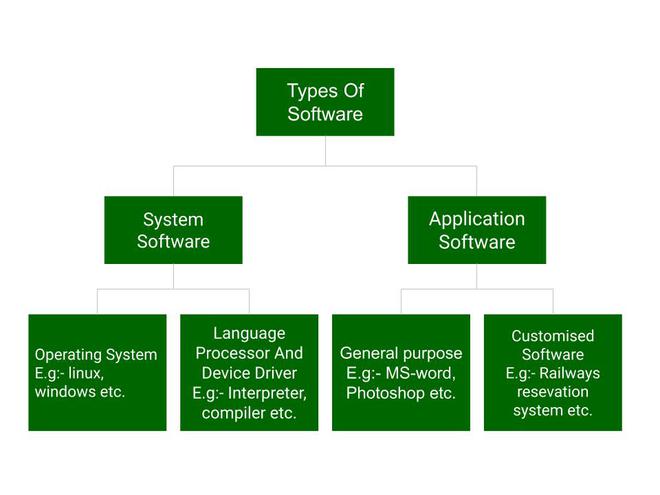
This can be a highly effective leadership style when you’re a true authority in your field, or when you’re facing a challenge that calls for a complete change in perspective, such as launching a brand-new company or division. They use skills such as persuasion and charisma, as well as leading by example, to inspire their team members to pursue this vision. Visionary managers can paint a picture of what the future could look like. No matter which type of managerial work you take on, you may run into scenarios where some of the following management approaches may prove advantageous. In addition to there being different types of managers, there are also different management styles.

Understanding Different Management Styles Their role is to oversee all the logistics of their assignment, which may include completing a project on time, onboarding new employees, and assigning specific tasks to various team members. Team leaders are managers who specialize in a particular task, product, or project. However, the first-line manager’s core responsibilities can include communicating concerns to middle managers, acting as liaisons for addressing employee needs. In other words, they are not responsible for larger-scale business decisions, like whether to take the company public, rebrand, or partner with another business. Generally, first-line managers handle internal work only. Their overarching role is to supervise employee productivity and hold employees accountable for achieving company goals. First-line managers work directly with non-management employees and project team members. This role represents an entry-level position for management professionals. Additional core duties can include mentoring lower-level managers and helping them prepare for career advancement. Middle managers may help develop or implement plans to help top-level managers address obstacles or achieve certain business goals. Middle managers tend to function as points of contact between first-line managers and top-level management, ensuring that the two groups maintain productive two-way communication. These managers often have job titles that include the word “director.” They may also be department heads. Middle managers usually report to the top-level managers, yet they still have a lot of autonomy to make decisions within their area or department of the company. Additional duties of top-level managers might include facilitating strategic partnerships with other companies or deciding to take a company public.

They make major business decisions - such as launching a new product or restructuring departments - with the goal of seeing the company thrive, not just in the moment but into the future. These managers help sustain the company’s growth and execute plans over the long term. Top-level managers often have the word “chief” in their job titles, such as chief executive officer, chief financial officer, and so on.

Top-level managers are those who represent the highest level of executive management. These roles vary not only in their day-to-day responsibilities, but also in their broader function in the organization and the types of employees they manage. The four most common types of managers are top-level managers, middle managers, first-line managers, and team leaders. What Are the Different Types of Managers? It can lso help you choose an educational path, such as a Master of Arts in Management and Leadership, to gain the necessary skills for a management position. Knowing more about the various types of managers can help you determine which career trajectory is right for you. For prospective managers, understanding these different subsets of the profession is an important first step. Most corporate structures have different types of managers, each type fulfilling a distinct purpose. Whether providing leadership for a department or an entire business, managers may be responsible for creating and implementing strategies, directly overseeing shift workers, or ensuring projects are completed on time and within budgetary parameters. Managers play critical roles across different business settings.


 0 kommentar(er)
0 kommentar(er)
